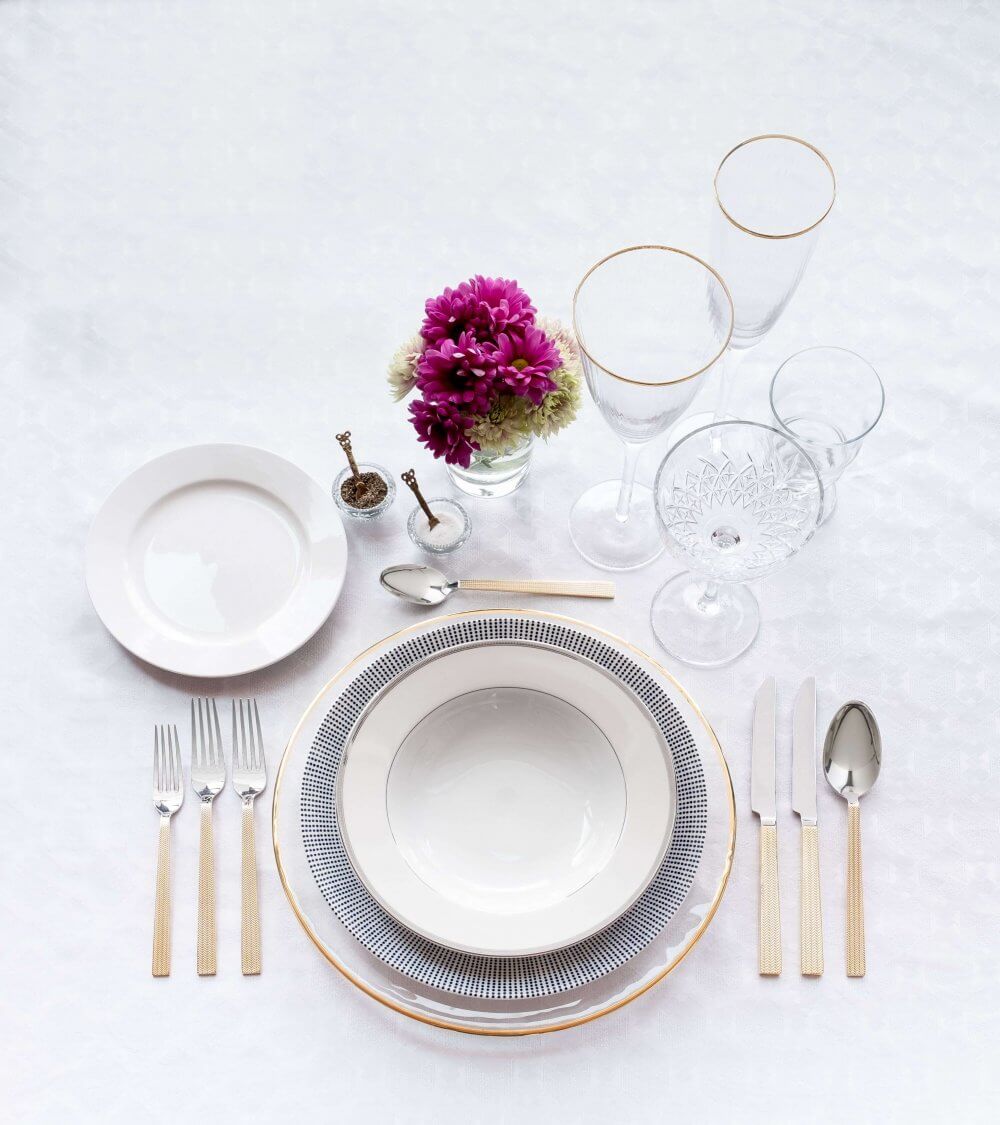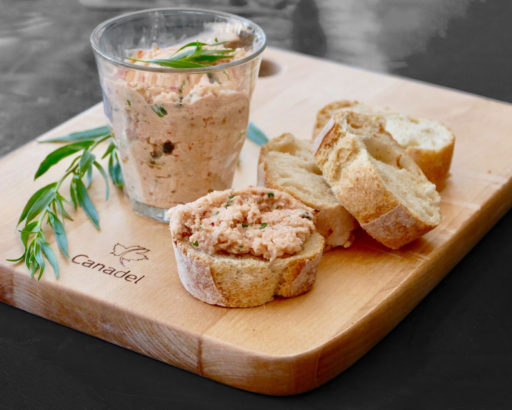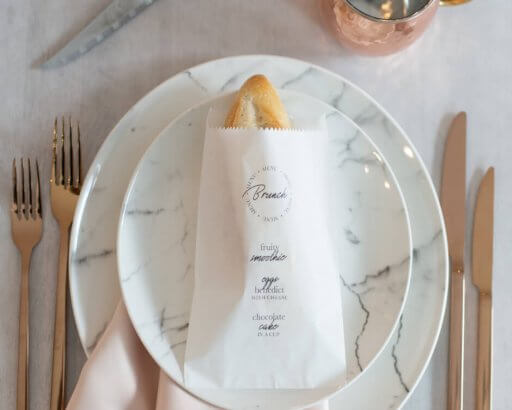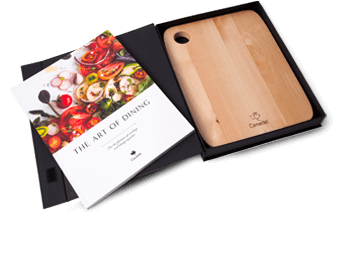The Art of the Table and Its Secrets

It is not every day that we get to sit around a multiple-course meal and have to wonder about the way to use cutlery. For a dinner with friends or with the family, the important thing is to be together and share a good meal. Generally, little importance is given to the table code of conduct called the ‘’etiquette’’. Of course, when we were younger, our parents were always telling us how to behave ourselves: “we do not put elbows on the table, do not speak with your mouth full” and many other directives of this sort.
The holiday season is already knocking at our doors and it is, of course, a time when activities, dinners and social events are multiplying. You will soon have several occasions where you will sometimes be the guest, but also sometimes the host of the evening. In any case, it is important to master the art of the table and know a few rules for a successful social reception, without any faux pas.
How to set a table?
A well-set table is just as pretty as practical. The art of the table has its secrets and it is, of course, easy to get lost or see it as a difficult art to master. There is in fact a very easy logic to apply to achieve the right order of presentation and to know which and when to use the glasses and cutlery.
Here are some tips and fundamental rules of the art of the table:
The tableware
- Always have a presentation plate, which you will then remove for dessert time.
- On this presentation plate, overlay the one for the main dish, the one for the starter and the one for the dessert.
- Never stack more than 3 plates (starter, main course and dessert).
- Arrange the plates 2 cm from the edge of the table and keep a space of at least 30 to 40 cm between each plate.
The cutlery
- For cutlery, the knife goes to the right, the forks go to the left. The tablespoon is placed next to the knife, outwards.
- The cutlery is placed according to the order in which it will be used, from the outside to the inside (the farthest from the plate will therefore be the first to use) and the cutting edge of the knife must be directed to the plate.
- Dessert spoons and forks can also be put on the table. They are then placed in front and against the plate, next to the glasses.
The glasses
- The glasses are placed on the right, in decreasing order of size, in the following order from the left: water, red wine, white wine.
- If space is limited, ask your guests if they prefer red or white wine to avoid placing two wine glasses on the table.
- If you have to serve a different wine, liquor or champagne for dessert, bring only the glasses when serving the dessert.
Towels
- The napkin is placed on the plate for lunch and on the side, to the left, for dinner.
- If you are serving an elegant dinner, opt for cloth napkins instead of paper towels.
Bread and butter
- Place the bread in a small plate or basket on the top left of the main plate.
- Choose round or square rolls, or a finely sliced baguette. Never put the bread on the table without cutting it.
- A towel can also be placed on the bread basket, if necessary.
- For the butter dish, it is placed on the left above the main plate with a small individual plate and a knife.
- If your dining table is small, place the bread basket nearby on a sideboard or buffet.
Of course, always take it lightly and only apply the rules that suit us! Have fun setting the table differently, but don’t get too caught up in all that! You now have all the knowledge you need for the next time you will welcome your boss or bourgeois in-laws at home, or going to a fancy restaurant. Now that the art of table setting has no more secrets for you, here are some reminders about the attitude and behaviour to adopt for a chicer or formal reception! Remember, we only have one chance to make a good first impression!
Do you know good manners?
- We do not put elbows on the table
- For the wine, we pour a maximum of 140 ml (5 oz) per glass
- Do not talk with your mouth full
- We do not cut the salad
- We do not blow on the soup
- We hold glasses of wine and champagne by the foot
- When we have finished eating, we put the cutlery on the plate, never on the table.
- We do not put any object on the table, including keys, phones and most importantly, we do not text!
A bit of history: the ‘’etiquette’’ and its origin
Historically, there are rules that allow us to know how to behave in society and thus, facilitate relationships between individuals. These rules also bear several names such as savoir vivre, good manners, decency or even etiquette. The origin of the word and the concept that surrounds it come from the French savoir vivre. More precisely, of the court of Louis XIV which consisted of a kind of ritual and formality. In the mid-80s, however, the movement no longer resembles just royalty and nobles and is modernized by the French saying and trend, the BCBG (which means good chic, good kind). Today, whether you are bourgeois or not, mastering the art of the table is an asset that will certainly make the difference and liven up your social events!



